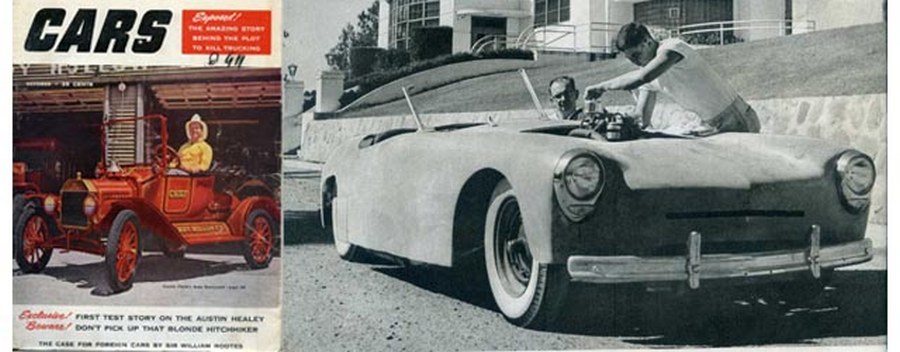
Hi Gang…
I shared the first part of this story back a few months ago, and now let’s review the rest of the story. Click here if you would like to review part 1 of this story.
As I mentioned in part 1, for years all I had was the first article and a mention at the end of the article that said they were going to use a fiberglass body to complete the job. I never located more information about it. But recently…I found “the rest of the story” in a different magazine. As I always say….. I’d rather be “lucky” than “good.”
So today…let’s see what fiberglass body the students from Capistrano Union High School used to complete their sports car project back in 1953.
And away we go…
High School Sports Car – Part 2
Sports Rod, Cum Laude
Cars, October 1953
An automotive apple for the teacher – this sleek sports buggy was built by a car-happy class of high school students.
The California hunger for anything on four wheels has made itself felt in the educational system. Now, Capistrano boasts a high-school constructed sports rod almost as famous as its swallows. The moving force in back of it all was Paul Skelton.
San Juan Capistrano Union High School shop teacher who felt that the best way to teach his boys practical shop work was to give them something they’d really be interested in.
After consulting with the principal, Edwin Anderson, Skelton was given the green light and Operation Sports Car began. First, four of the students were chosen to serve as the hard core of the construction crew and to act as foreman over the 20-odd members of the class who worked on the car.
Five months of welding, sawing, filing and wiring and the car was roadworthy – making the class happier than they would have been if they had received a barrelful of “A’s.” The sports job, built to owner Skelton’s specifications, contains a number of unique features, top one being use of butane gas as fuel.
A stock fiberglass Lancer body was modified to hold the 30 gallon tank. Most parts are from a ’39 Ford and a ’41 Lincoln-Zephyr. ’48 Merc engine has been ported and relieved. Although Project Roadrunner has eaten up 2,200 of Mr. Skelton’s hard-earned dollars he feels it was well worth it. He now has a smart looking sports car and his class has gotten in on the ground floor of auto construction.
Summary:
So…another piece of research is complete – in most ways. We were able to connect the first part of the story to the actually finished product using a Lancer body in part 2 shared today. But what about the main players? Might some of the students still be with us? Their names are identified throughout both articles, and they would definitely be in their 80s now.
Some of my best friends are in their 80s and doing great. So….anyone want to help track down some of these men and see if they have more to add to the story? And what about the Lancer that was built? Could it still be around??? Did I tell you that we recently found another Lancer?? While it’s not this one, it proves that these cars are still out there and waiting to be found – and perhaps this Lancer is too.
I guess we’ll have to share those stories and any research finds of yours in future articles here at Forgotten Fiberglass 🙂
Hope you enjoyed the story, and until next time…
Glass on gang…
Geoff
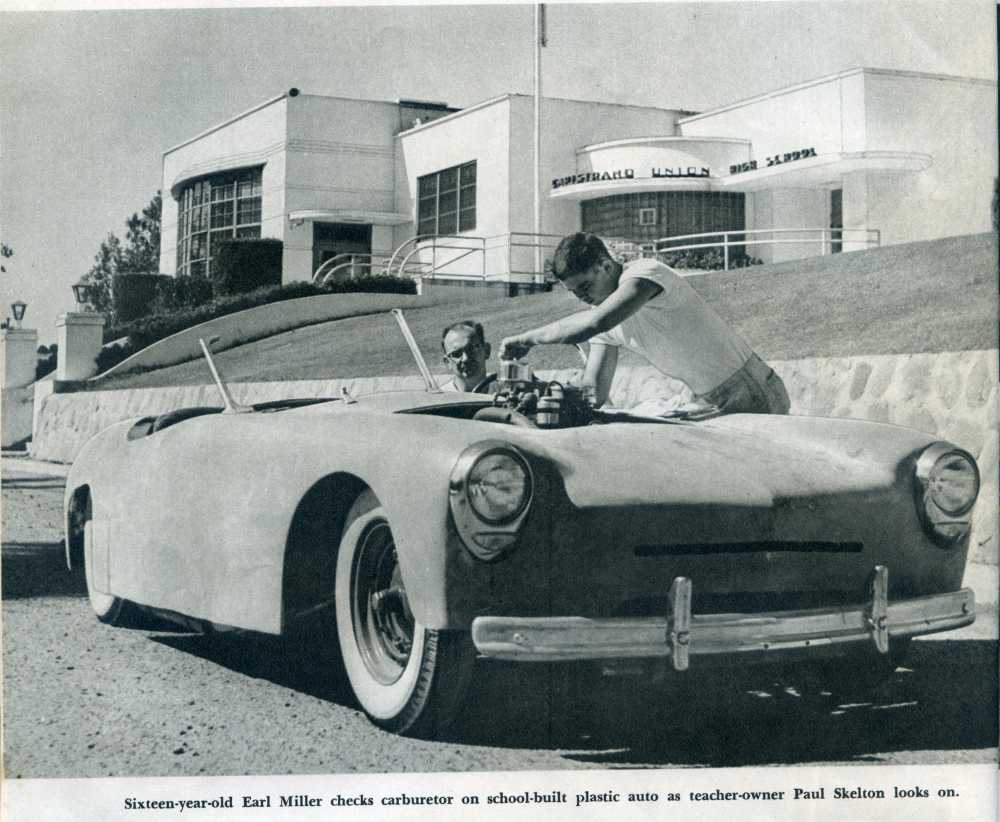
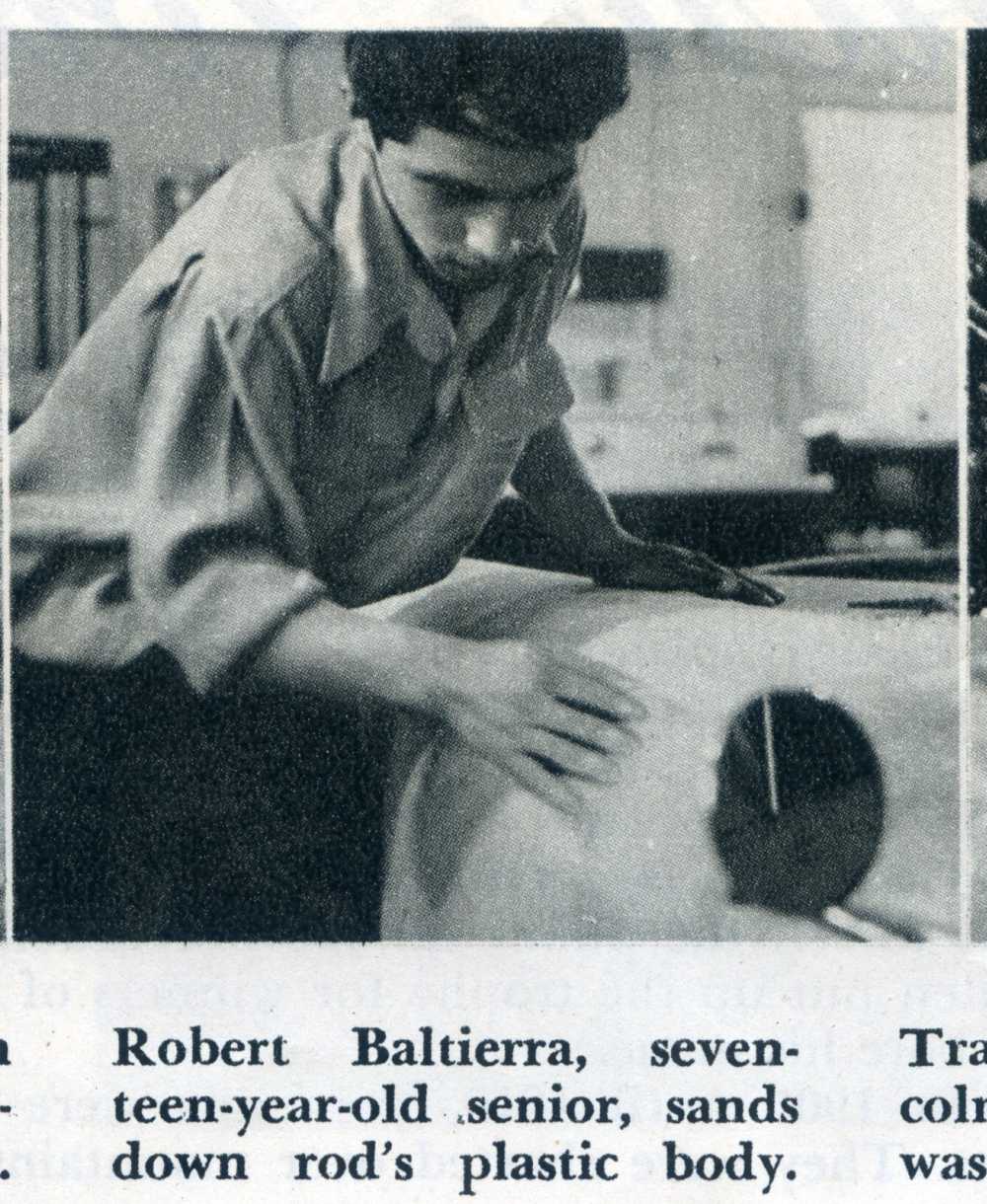
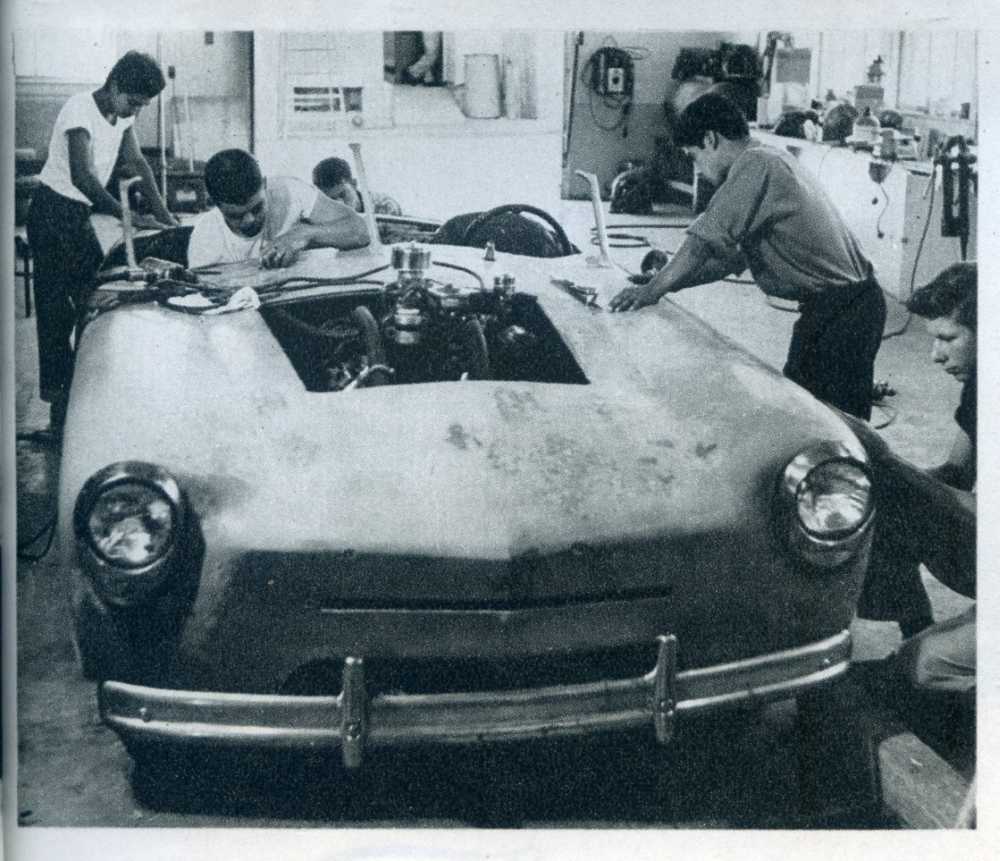
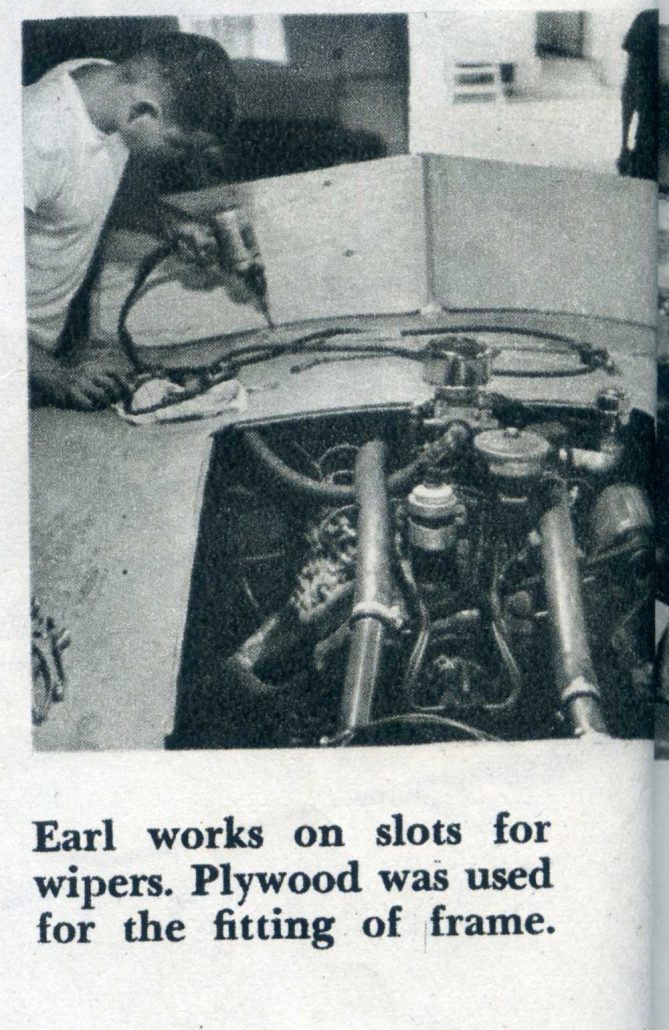
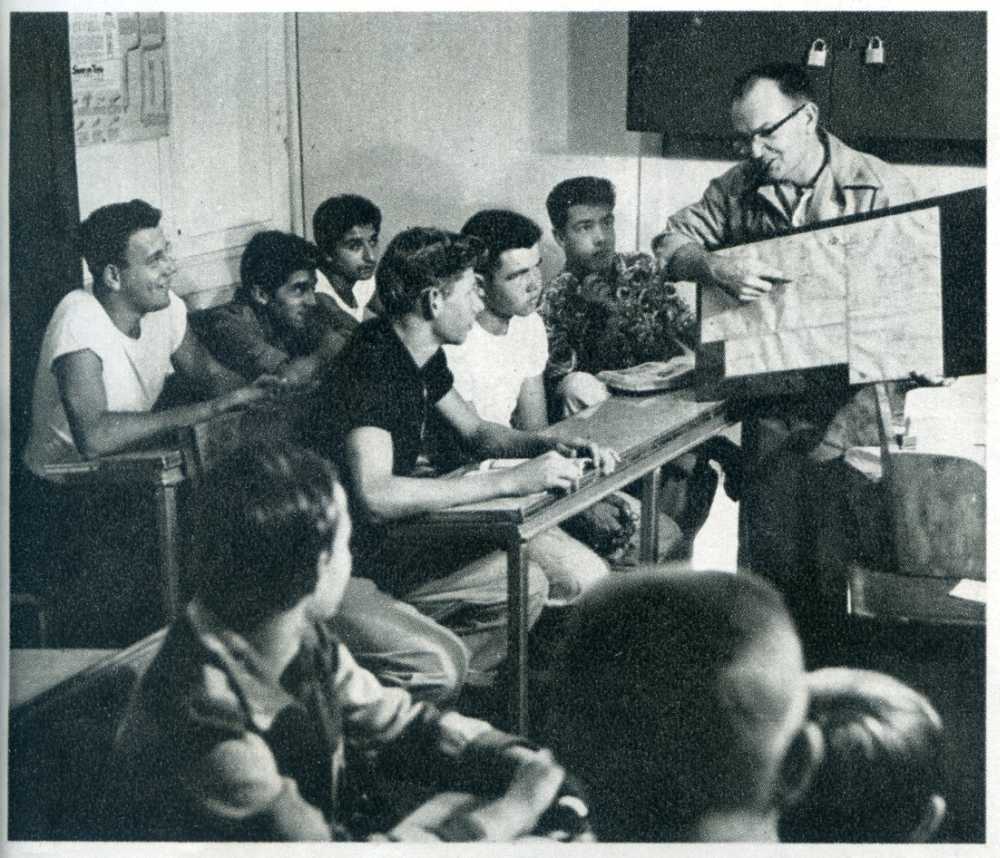
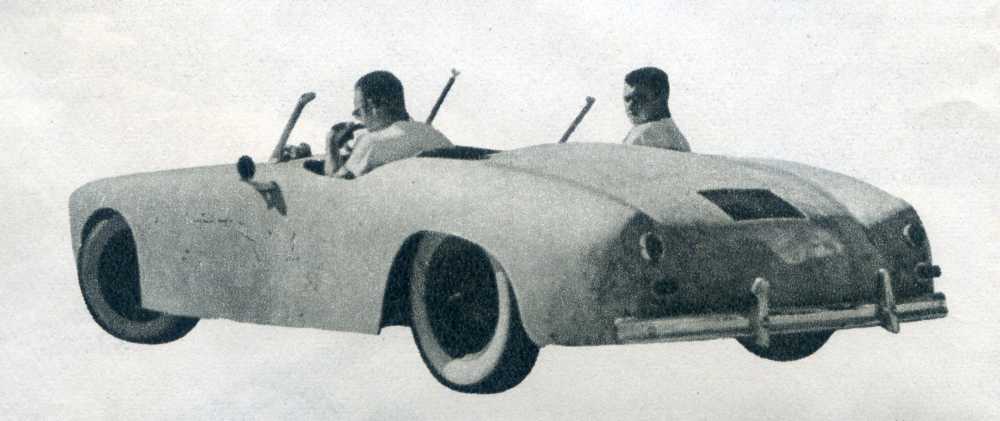
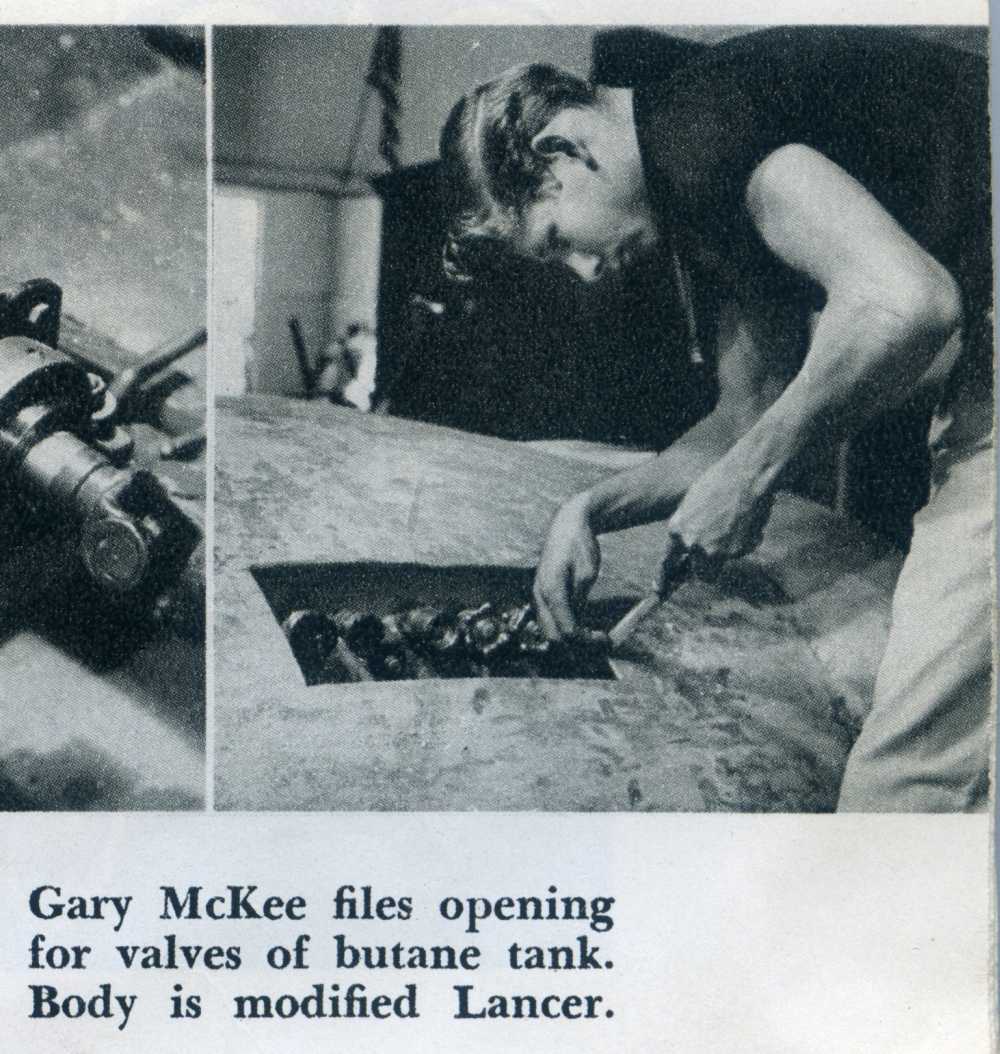
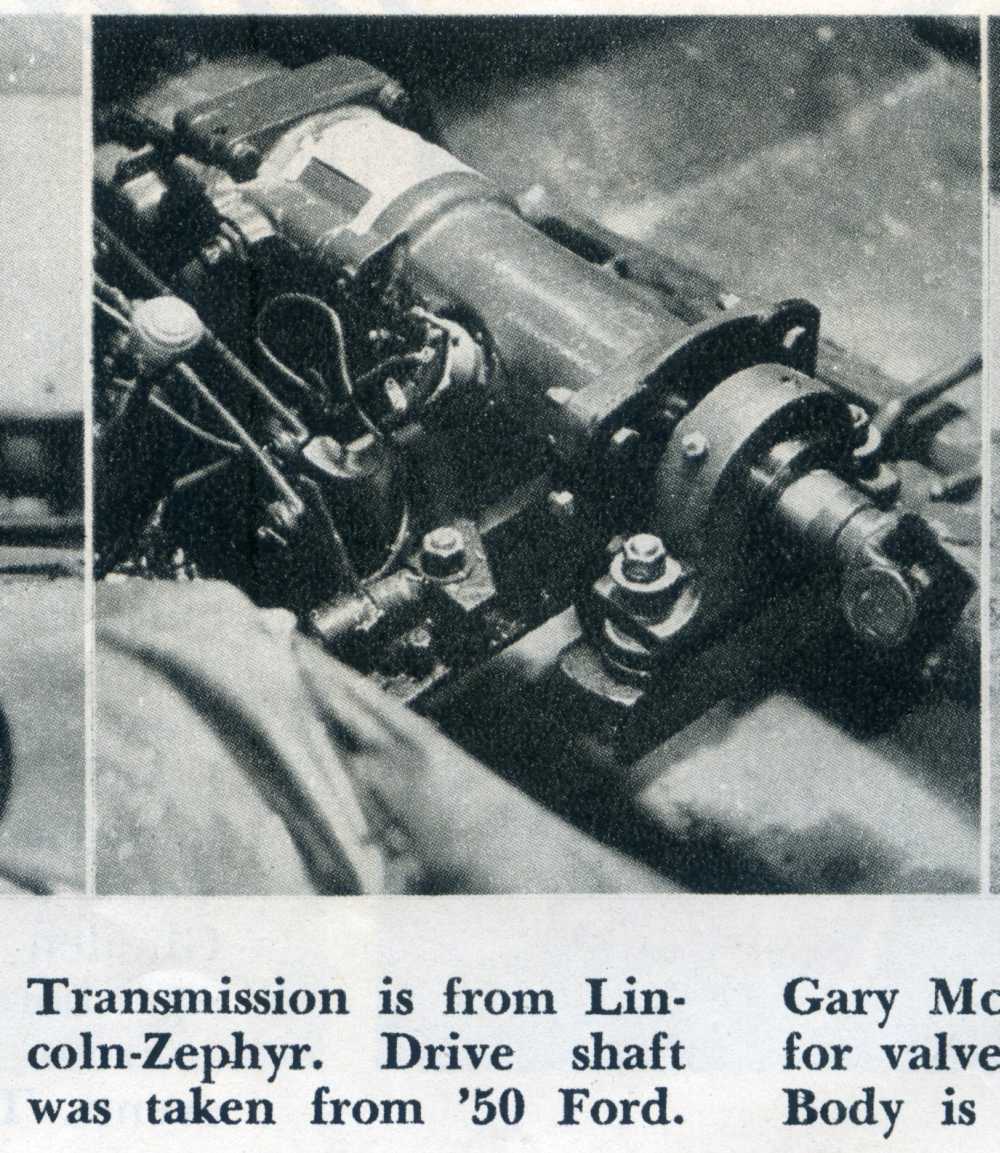
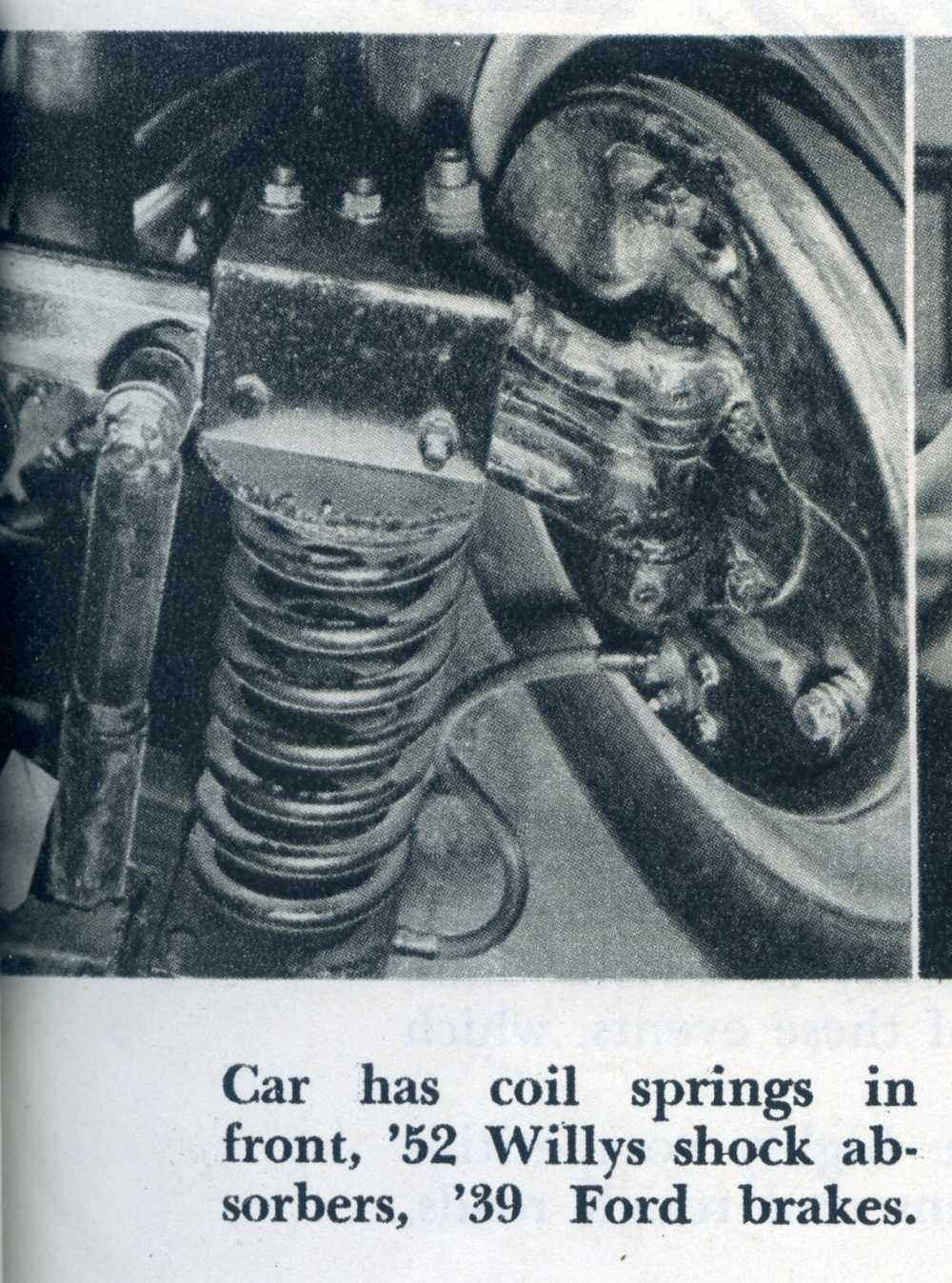



This is back when High School Industrial Arts Departments were GREAT! No School Board lawyers to muck things up. The car has some interesting ideas like the inverted Ford V8 front axel with coil springs. [almost Allard like] I wonder in the axel was bent to get the right camber setting. Some caster could have been into the coil spring top plates if needed. They must have a very good instructor to guide them. The headlight assemblies are 1940s Studebaker – very Cisitalia looking –
With the axel photo inverted – it is more logical and much more like the early Allard J2s. This could be built now using MGB coils. Short wheelbase cars do well with 0 degrees camber with I beam axels. Cunningham figured that out for the last LeMans race cars he built as well as many other Specials built in the 1950s.
A great high school project.
I believe the photo of the coil spring and wheel is printed/used upside down in the article. I’m sure they didn’t build the car with the axle turned over. That would create steering and driving problems. Most likely the photo was taken on a hoist. The editor made the error when creating the article.